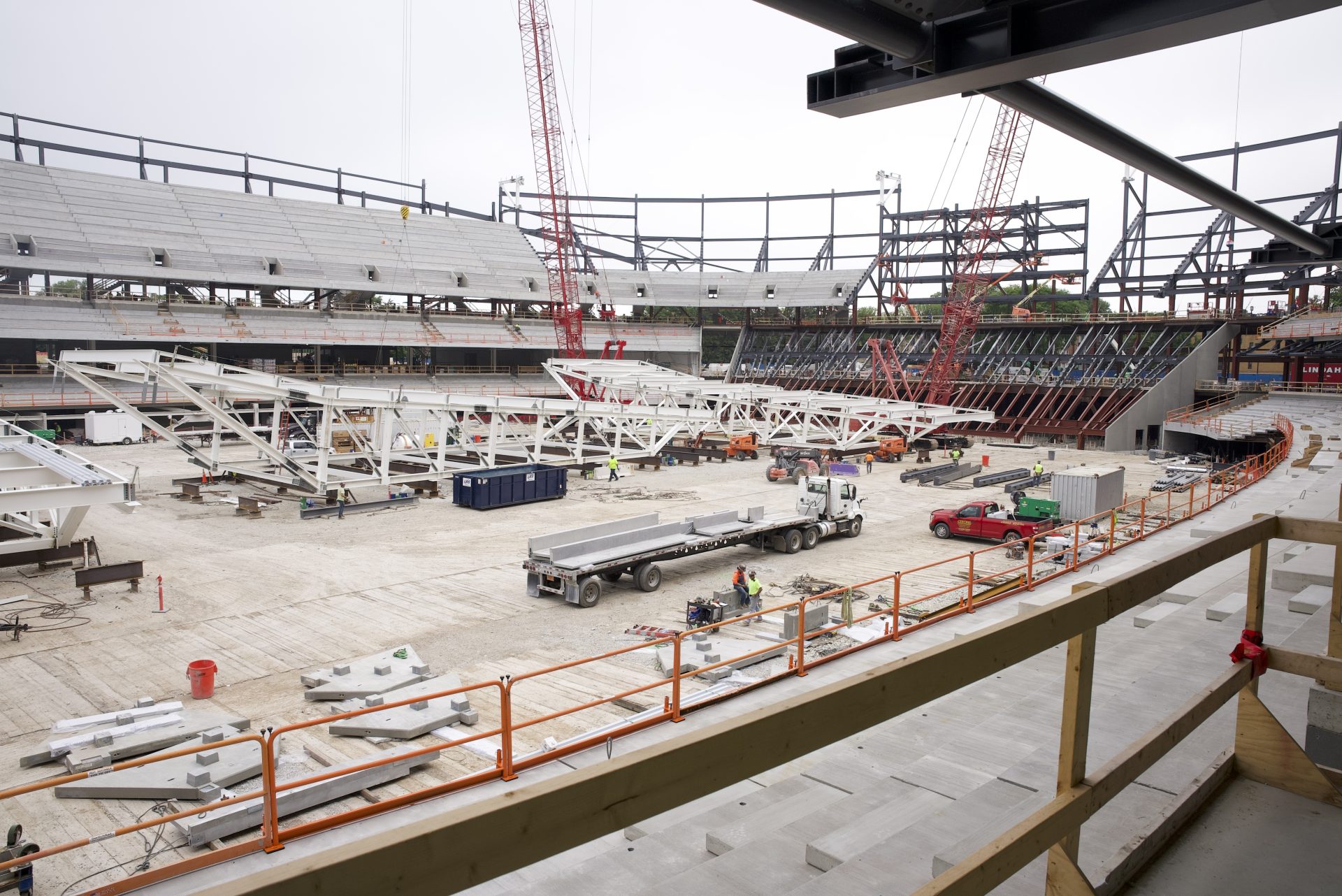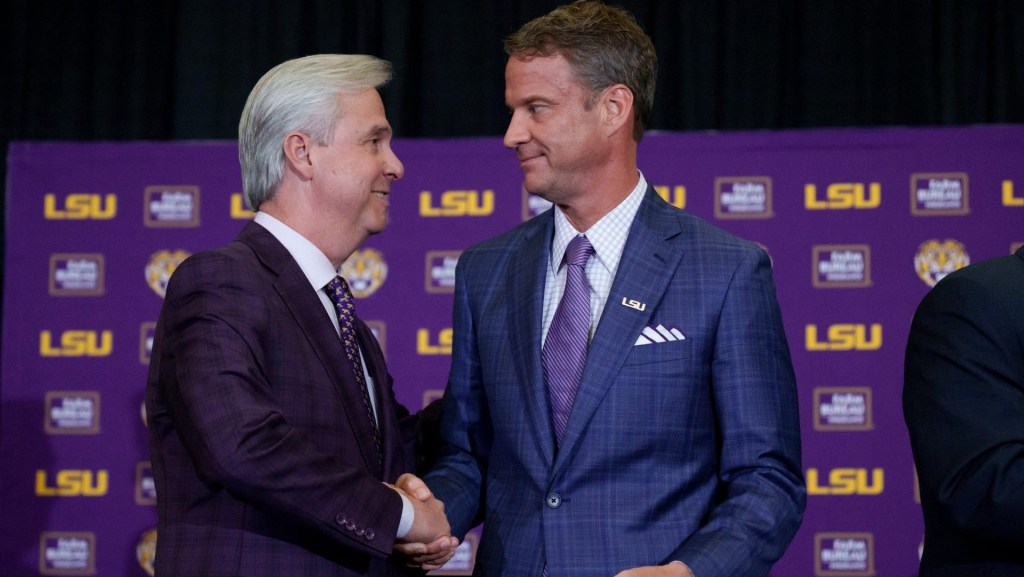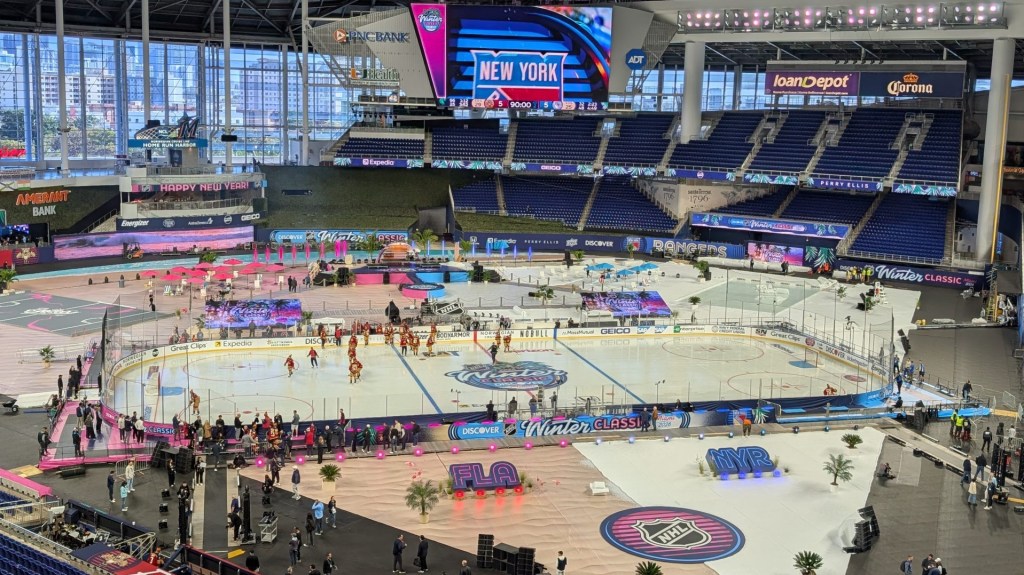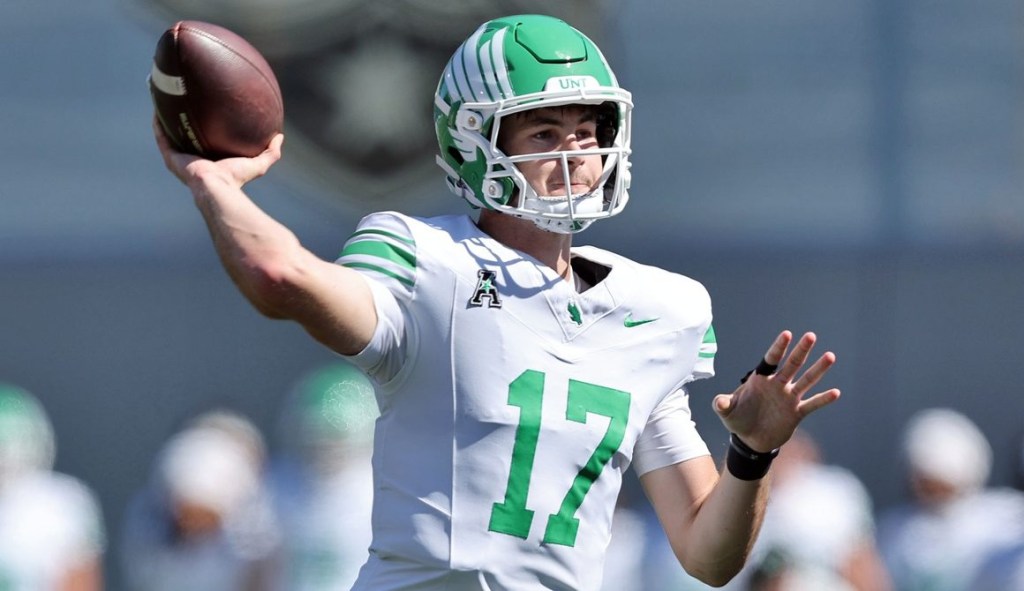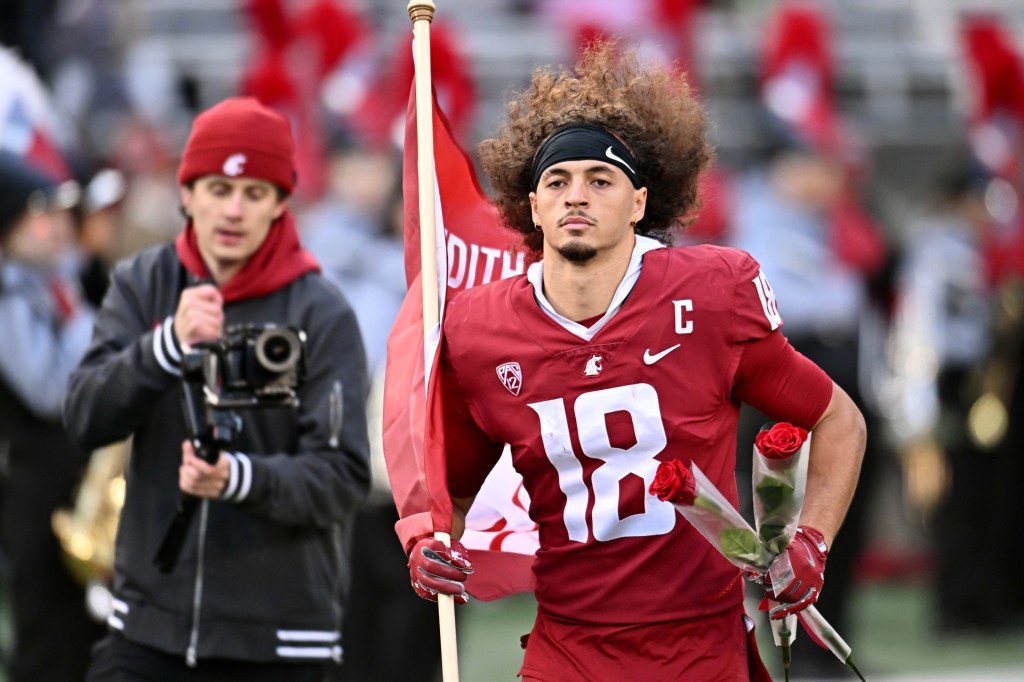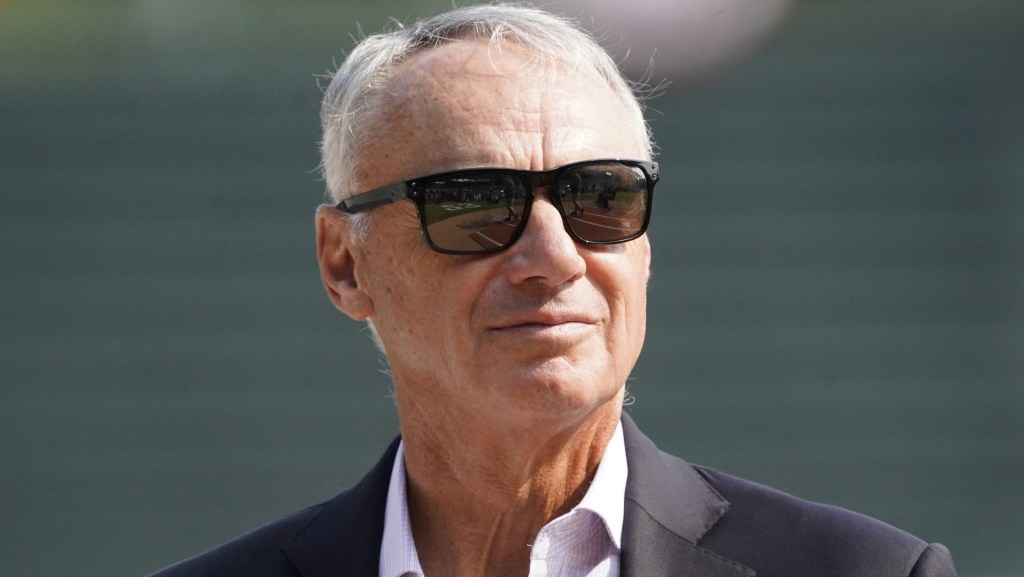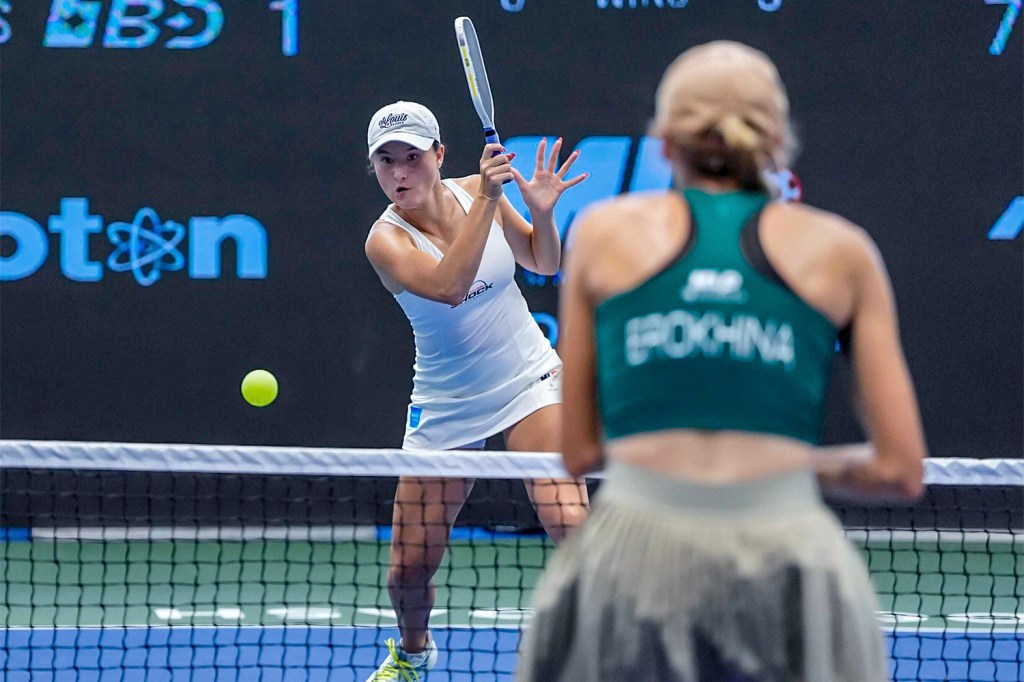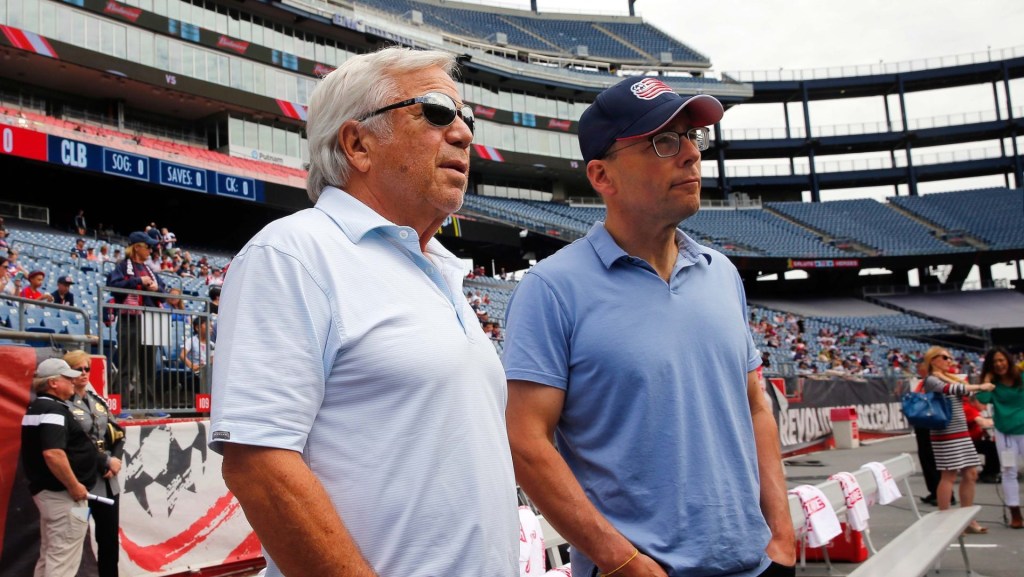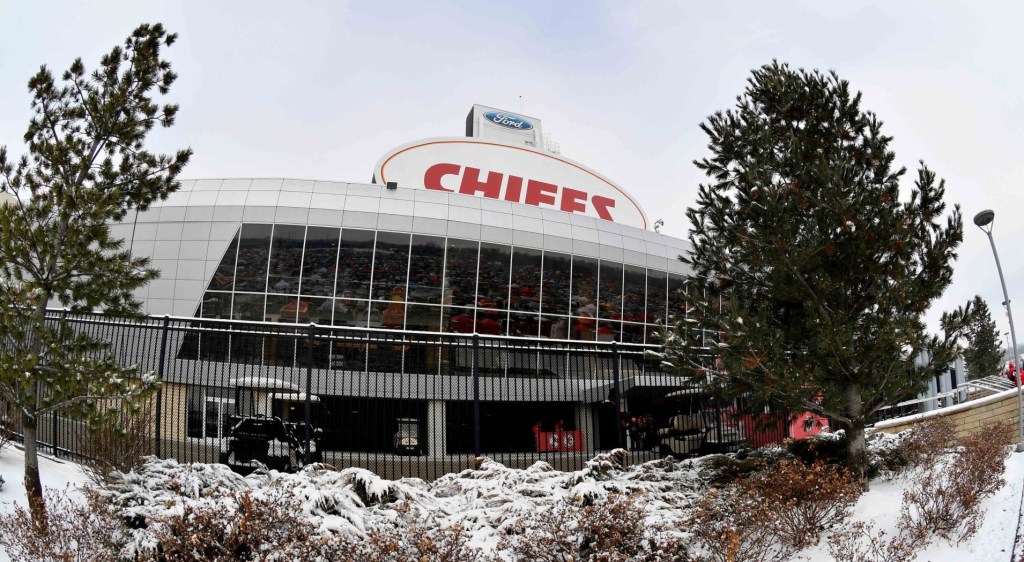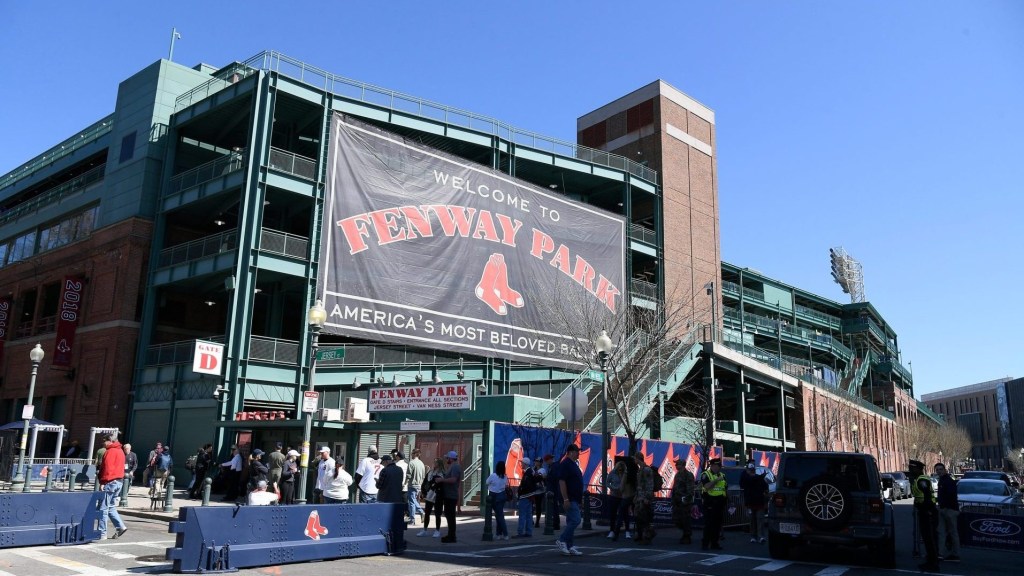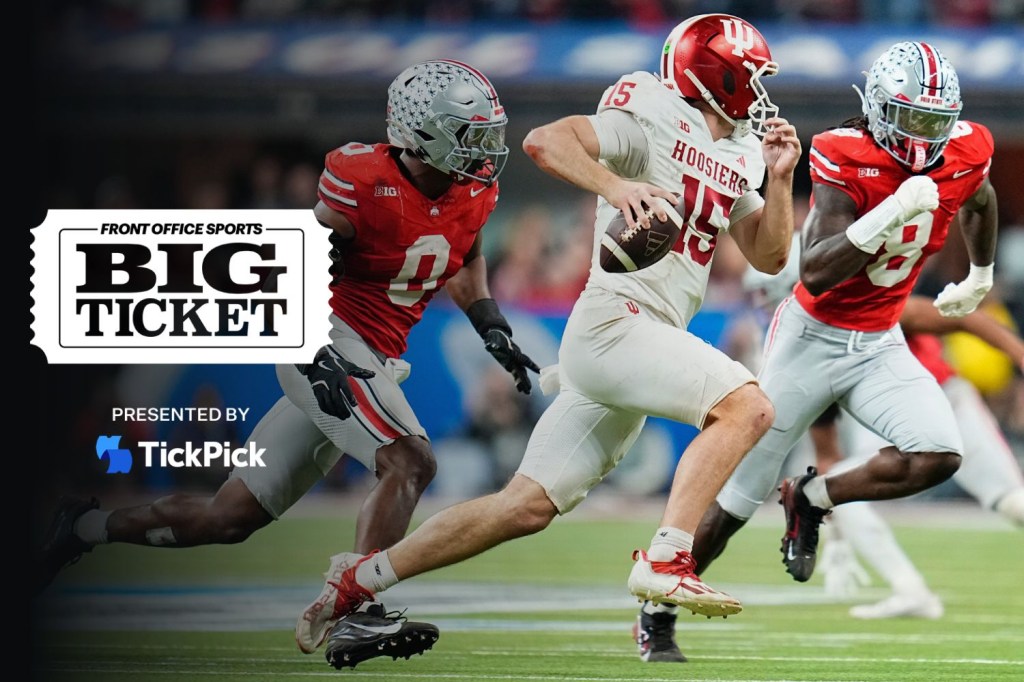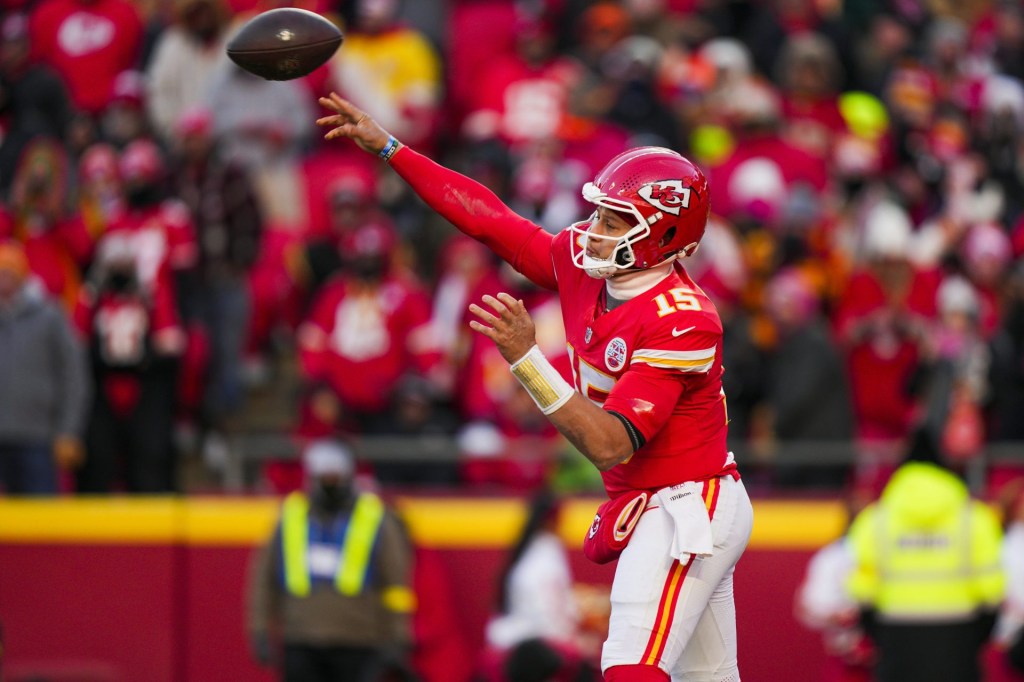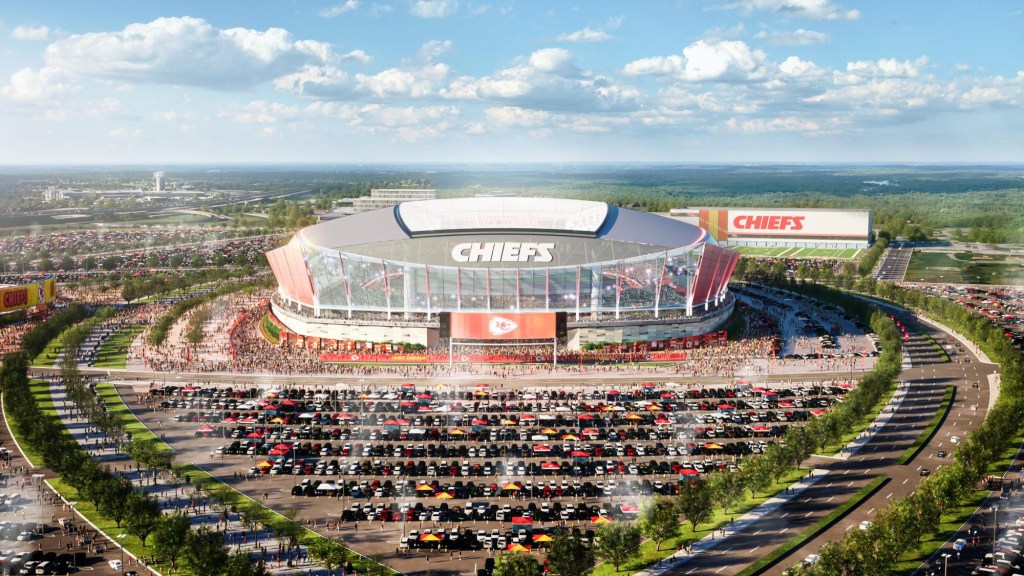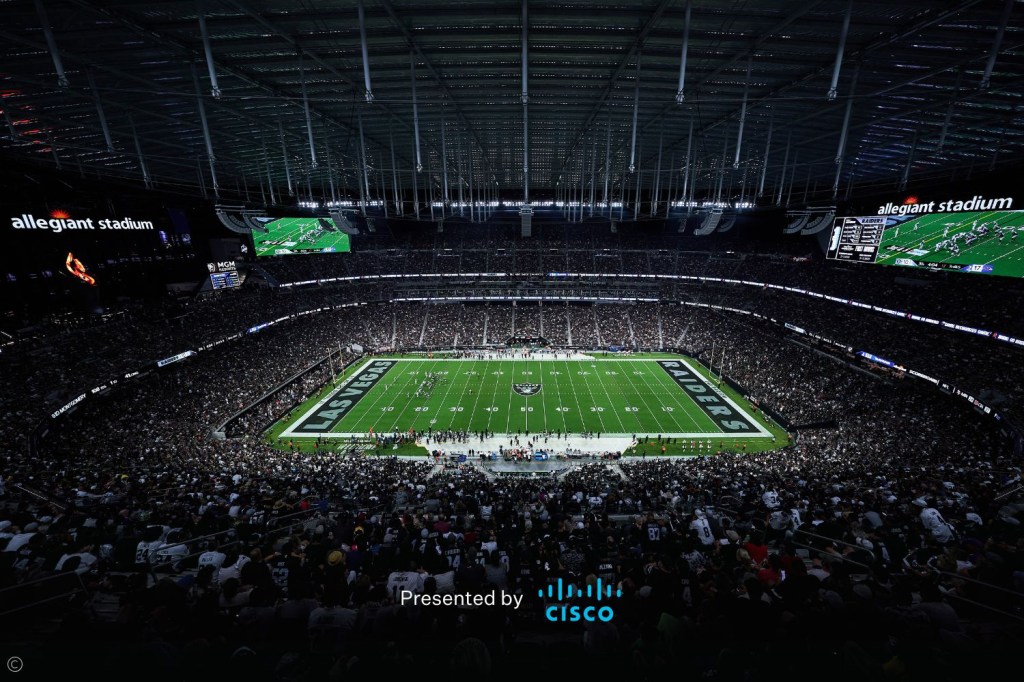EVANSTON, Ill. — Northwestern hasn’t exactly been the standard-bearer for success on the football field. But Chicago’s Big Ten team is trying to be the NCAA’s model institution for modern-day football stadiums with the new Ryan Field.
It’s been a year since the groundbreaking, and about 15 months remain until the stadium’s expected launch in fall 2026. Front Office Sports took an exclusive tour of the construction site alongside Pat Ryan Jr., CEO of Ryan Sports Development and son of the field’s eponym.
The budget is up to $862 million
In 2021, the Ryan family donated $480 million to the funding of the new stadium. The cost of the stadium is fully funded by private backers, including Northwestern University.
The stadium is expected to be the most expensive college stadium in the country—and the price tag has increased slightly since last year. Reported to have started at the “nice, round number” of $850 million, Ryan tells FOS the budget is now at $862 million, $6 million more than the original allocation for the stadium, slated at $856 million.
The increase, according to Ryan, was authorized by the school for a fourth club for young alumni on the stadium’s sideline and additional suites. He insisted that the budget “is not going over” again.
The stadium is noticeably smaller by design
The prevailing theme for the new Ryan Field is “premium for everybody.”
Part of the inclusivity agenda includes four “festivals” around the stadium’s grounds welcome to any ticket holder, and wheelchair-accessible entrances and main grounds. There will still be premium seating options and clubs, including one behind an end zone that will have a view of the postgame press conference.

Its biggest universal selling point is that it’s smaller than most football stadiums with a capacity of 35,000, about three-quarters of its old stadium. The idea is a better viewing experience for everyone.
The new seating sections rely on the same architectural innovation of the Intuit Dome’s farthest seats. The premium seating area starts 90 feet away from the field, while the farthest section is 136 feet away. The best seats at Michigan Stadium—which fits about three times more people—are 235 feet away, while the farthest section is 253 feet from the sideline.
The venue’s defining characteristic is intimacy. A nosebleed seat won’t be a disappointing compromise for the cost-cutters, while the steep student section behind one of the end zones—right above the visiting locker room—has the potential to feel like a towering monster.
The stadium is far from finished—there is still no field, no seats, and the canopy shielding spectators from above has yet to be installed.
Ticket prices remain unclear
A smaller stadium and luxury amenities could spur a rise in ticket prices. Ryan wouldn’t confirm whether that would be the case, but he says “a big piece of [our vision] is financial accessibility.”
He confirmed that current Northwestern students would continue to watch for free, while alumni would receive “advantage pricing.”
“My view is: Why subsidize the rich?” Ryan says. “If you’re the Chicago business community doing corporate entertainment, you should pay the appropriate price.”
The Bears won’t be coming, but new Ryan Field could host major NCAA events
The Ryan family is a minority owner of the Bears, whose future home is up in the air. The NFL franchise currently plays at Soldier Field, one of the oldest stadiums in the league. Its lease ends after the 2033 season—though it could break the agreement as soon as 2026.
The team has explored building a $4.7 billion lakefront arena in downtown Chicago, but it has faced pushback from the state. In May, the Bears reportedly shifted their focus to a 326-acre property they own in Arlington Heights, a Chicago suburb.
The Bears will not play any games at the new Ryan Field because an Evanston ordinance does not allow professional sports to be held in the city. However, Northwestern’s temporary lakefront stadium was approved to host the 2026 season of the NWSL’s Chicago Stars.
According to Ryan, the goal for new Ryan Field is to hold other major NCAA events at the stadium. “You could see doing the Frozen Four or the Lacrosse National Championships or the Big Ten championships for soccer,” Ryan says.
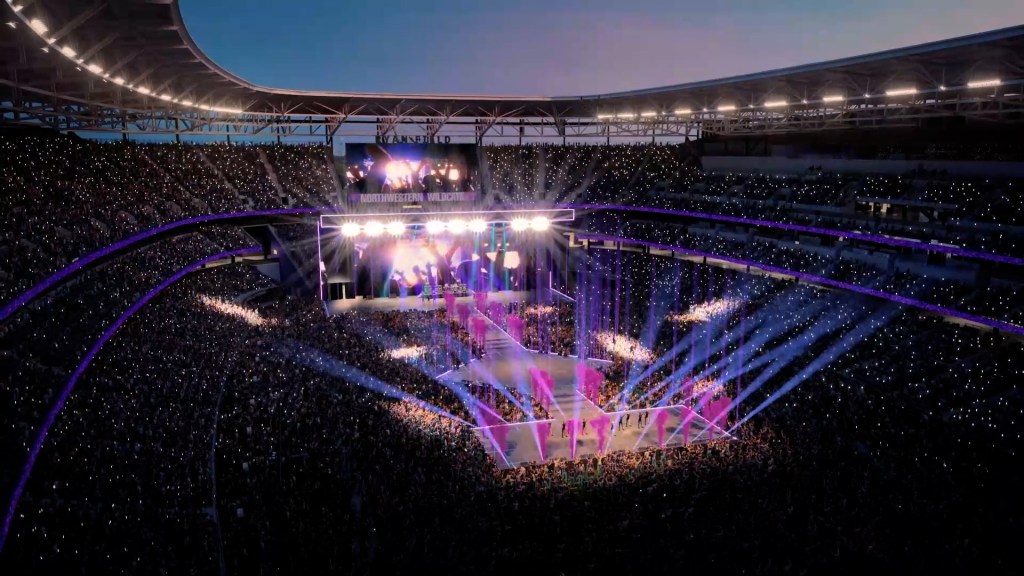
Other than Northwestern’s football and lacrosse teams, Ryan announced last month that the stadium will host games for Evanston Township High School and other local organizations. He called them a “second anchor tenant,” according to Evanston RoundTable.
The stadium is also approved to host six concerts starting in the summer of 2027, though the school has yet to secure performers. Ryan says initial conversations have begun with music agents.
The concerts were a main contention point in the school receiving local approval for the new stadium due to heavy opposition by the surrounding community. In November 2023, the Evanston City Council approved an amendment to the zoning code, 5–4, swayed by the school’s $157.5 million commitment in public benefits throughout the next 15 years.
A delay will mean more games at the lakefront stadium
The school aims to be ready for the 2026 NCAA season, but any unexpected delays could derail their plans as they are pushing up against the target date. They expect to be working all throughout the Midwest winter season.
Should there be any delays, the school’s temporary lakefront field remains just a few blocks east. “Northwestern has every intention of playing the majority of our games at new Ryan Field for the 2026 season. If unforeseen circumstances occur, we will have Northwestern Medicine Field at Martin Stadium available,” Mark Jackson, Northwestern’s VP of athletics and recreation, tells FOS.
Any delays could prove costly, considering the Wildcats are slated to play their first home game Sept. 12 against South Dakota State. Another big test will follow at their second home game a week later: Deion Sanders and the Colorado Buffaloes.
Next up: Watch our video tour of the new Ryan Field stadium.
